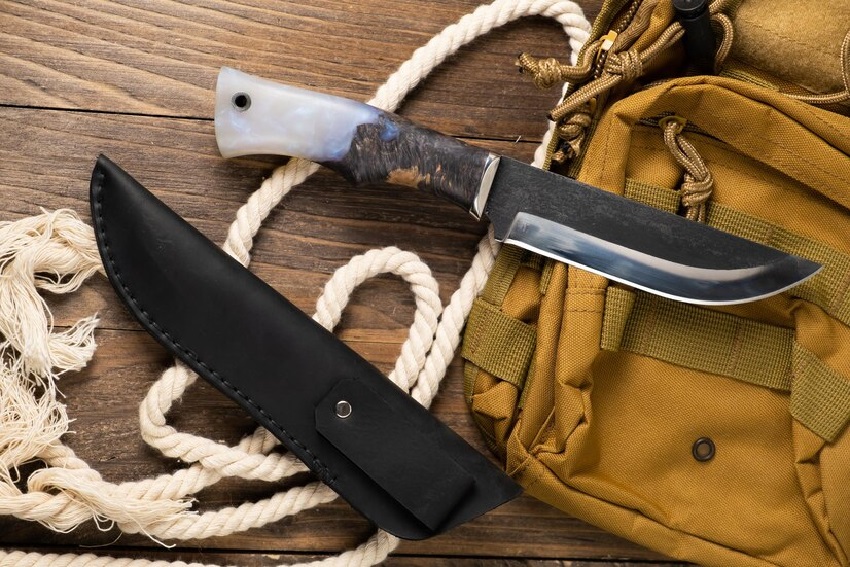For every kitchen professional, the integrity of their tools is paramount. Among these, the fixed blade knife stands out not just for its utility but also the care it demands. Understanding the nuances of storing a fixed blade knife safely is crucial, not only for maintaining the knife's performance but also ensuring a safe, organized workspace.

Why Proper Knife Storage Matters
Every seasoned chef knows the importance of proper knife storage. Not only does it preserve the sharpness of the blade, but it also minimizes the risk of accidents. A sharp blade that's stored haphazardly can not only damage the knife itself but also pose a significant threat to anyone who might come in contact accidentally.
Moreover, fixed blade knives typically come with unique quality materials and craftsmanship. This means storing them appropriately is part of respecting that artistry and prolonging its lifespan. If you're interested in exploring the anatomy and design of these knives, check out this detailed guide by Lansky.
Best Practices for Storing Fixed Blade Knives
1. Sheaths are Your Friend: Always store your knife in its sheath when not in use. It protects the blade from foreign elements and you from accidental cuts.
2. Magnetic Holders: Ideal for those who love to showcase their tools. Magnetic holders can save space and keep your knives accessible. Discover the benefits of using magnetic holders in your kitchen setup.
3. Dedicated Knife Drawers: Have a drawer lined with a soft material to prevent dulling. Ensure it's clean and dry always.
Storage Solutions to Avoid
Despite the allure of some storage methods, certain practices can lead to more harm than good. A common practice is placing knives in basic drawers without dividers. This not only dulls the knife due to knocking against other cutlery but also increases the risk of injury.
Furthermore, while some may be tempted to leave knives on countertops, especially fixed blades, it's risky. Not only does it expose the blades to moisture, potentially leading to rust, but also increases the risk of accidental drops and resultant injuries.
Maintaining the Knife's Edge Through Proper Storage
Ensuring the sharpness of your knife is not just about frequent honing and sharpening. Proper storage plays a pivotal role. When knives are stored correctly, especially those with a fixed blade, their edge remains intact longer.
Avoid storing knives in containers where they're prone to jostling. These impacts can create micro nicks on the blade, quickly dulling even the finest edge. For intricate details on the variations of blade types, visit this informative piece on different knife blades.
Summary and Practical Implementations
As we've explored, storing a fixed blade knife safely is a blend of discipline, respect for craftsmanship, and practical knowledge. For kitchen professionals, these practices are not merely tasks but part and parcel of their daily routine.
Beyond just function, these knives are a testament to their craft. By ensuring they're stored correctly, chefs not only prolong the life of their tools but also add an extra layer of safety and proficiency to their culinary creations.
Ready to Dive Deeper?
If you're intrigued by knife care and its applications, consider exploring the art of smoking pot roast or the intricacies of combat knives. The more you know, the better you protect and utilize your assets.

FAQs
Q1: What's the best way to store a fixed blade knife?
A drawer with individual slots or a magnetic holder is recommended for easy and safe storage.
Q2: How often should I check my knife storage setup?
Regularly. Monthly assessments ensure that your storage remains optimal and your knives remain protected.
Q3: Can storing knives improperly dull the blade?
Absolutely. Regular contact with hard surfaces or other utensils will dull a knife prematurely.
This article contains affiliate links. We may earn a commission at no extra cost to you.


























